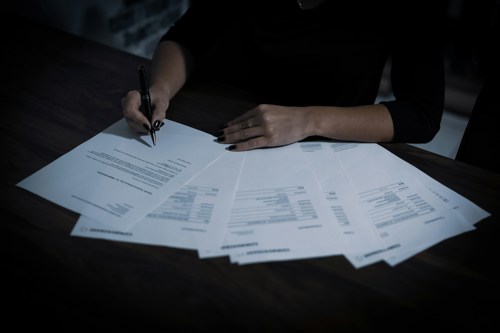
Stamp Duty Land Tax (SDLT) is a tax that is applied when you buy a property over a certain price threshold in England and Northern Ireland. In Scotland, it is called Land and Buildings Transaction Tax (LBTT) and in Wales, it is called Land Transaction Tax (LTT).
For this article, we will be looking at the Stamp Duty rules for England and Northern Ireland. The thresholds and rules for Scotland and Wales are slightly different.
What is Stamp Duty?
It is essentially a form of tax that most people pay when they buy property. Whether you pay it or not depends on the price of your property and some exemptions for different groups.
Currently (January 2024), Stamp Duty is not charged on properties under £250,000.
The bands are as follows:
- £250,001 to £925,00: 5%
- £925,0001 to £1.5 million: 10%
- Anything above £1.5 million: 12%
Who doesn’t have to pay Stamp Duty?
There are a few categories of people who are exempt from paying Stamp Duty.
First-time buyers who spend under £425,000 on their property do not have to pay it at all. This is to help first-time buyers get on the property ladder more easily. If the property's value is over £425,000 but remains under £625,000, the buyer is only required to pay 5% Stamp Duty on the amount over the £425,000 threshold.
Also, you will not have to pay Stamp Duty if you and your partner separate or divorce. If one partner transfers their share of the house to the other, they are exempt.
Additionally, you are exempt if a property is left to you in a will, or if the deeds are transferred to you as a gift.
How is Stamp Duty calculated?
Stamp Duty calculations can be complex, so here is a simplified step-by-step guide to help you calculate it:
Step 1: Determine the property value
Start by determining the value of the property you intend to purchase. This should be the market value or the price you're paying for the property.
Step 2: Identify the applicable rate
Based on the property type and purchase price, identify the applicable Stamp Duty rate. Remember, rates may differ if you're a first-time buyer or if you're buying a second home or buy to let property.
Step 3: Calculate the Stamp Duty
Once you know the rate, you can calculate the Stamp Duty. For example, if you're buying a residential property for £300,000 and it is not your first property or a second home, your Stamp Duty will be £2,500. This is 5% of the portion above the £250,000 threshold.
Stamp Duty on additional properties
Stamp Duty for a second home incurs an additional 3% fee on top of the standard rates.
If you buy a new property and you have not yet sold your old one, you will have to pay the additional fees. This is because you would technically own two properties.
You can apply for a refund of the extra 3% if you sell the old property within 3 years. If you are unable to sell your property in this timeframe, you may still be able to receive a refund of the additional amount by contacting HMRC.
Stamp Duty on buy to let properties
Stamp Duty applies to buy to let properties. Similar to additional properties/second homes, buy to lets incur an extra 3% charge on top of the standard rates.
There are a few exemptions and exceptions to consider. For instance, if the property you're buying is under £40,000, you may not have to pay Stamp Duty.
Remember that Stamp Duty is just one of the costs associated with buying a buy to let property. You should also budget for other expenses, including legal fees, property maintenance, and potential income tax on rental income.
How to pay Stamp Duty
To pay it, you need to submit a Stamp Duty Land Tax return to HM Revenue and Customs (HMRC) within a specific timeframe. In most cases, this should be done within 14 days of completing the property purchase.
In many property transactions, your legal advisor or conveyancer will handle the process of calculating and paying Stamp Duty on your behalf. They will guide you through the necessary steps and ensure that the payment is made correctly and on time.
It's crucial to pay the Stamp Duty within the specified timeframe, typically 14 days after the property transaction. Failing to meet this deadline may result in penalties and interest charges.
Summary
It is important to be aware of Stamp Duty when buying any type of property. You should make sure that you know the rules and rates for the price of your property if you choose to buy.
If you are a first-time buyer, be aware of the exemptions and reduced fees. If you are buying a second home or buy to let property, make sure you are aware of the additional fees this can come with.
By keeping up-to-date with the current Stamp Duty rules, you will be better informed when it comes to buying a property.




